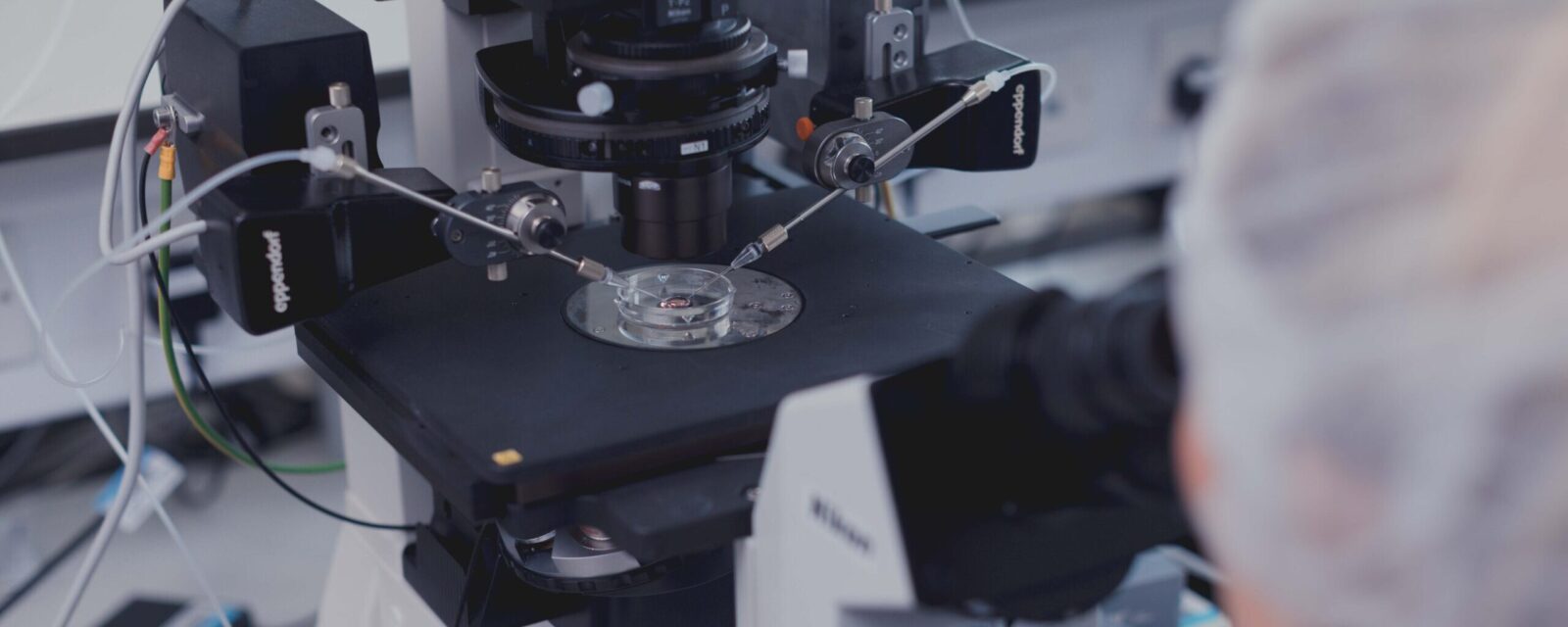ATP13A3
C57BL/6NTac-Atp13a3em2H/H contains a disease-associated single nucleotide deletion that causes a frameshift and premature termination of the protein. The line was created using CRISPR/Cas9 gene editing reagents delivered by pronuclear injection into 1-cell stage embryos.

A novel model of pulmonary arterial hypertension
ATPase Type 13A3 (ATP13A3) is a polyamine transporter that is found in the endosomal membrane of cells in many different tissues and organ systems. As polyamines are essential for many different cellular processes, including regulation of gene expression and cell cycle progression, it should be expected that their dysregulation might lead to disease. Indeed, more than 20 variants in ATP13A3 have been implicated in pulmonary arterial hypertension (PAH) and increased expression of the protein has been associated with cancer. One recent study also reported a variant associated with young-onset Parkinson’s Disease.
PAH is a condition of increased blood pressure in the arteries of the lungs that can lead to heart failure. Despite the availability of some treatments, there is no cure and PAH remains a life-limiting disease with survival at 3 years from diagnosis only at 60%. There are many possible causes and pulmonary hypertension frequently accompanies other severe heart and lung conditions. Mutations in several genes have been identified in patients with inherited PAH, with members of the BMP signalling pathway highly represented. A large collaboration, that included Nick Morrell’s group at the University of Cambridge, has recently identified 6 novel rare heterozygous loss-of-function variants in ATP13A3, including P456X in a patient that presented with PAH at the age of 33.
To provide a novel genetic preclinical model of human PAH, Nick applied to the GEMM programme to generate a mouse model carrying the patient-identified single nucleotide deletion frameshift mutation that produces the P456X variant. He and his team then characterised both heterozygous and homozygous mice for this frameshift mutation and found reduced ATP13A3 protein and mRNA levels as well as reduced levels of polyamines in lung tissue. Importantly, they have also been able to show that these mice have elevated right ventricular systolic pressure, a measure of increased blood pressure in the lungs, and right ventricular anterior wall thickening, a sign that the right side of the heart is having to work harder than normal. Together, these findings show that this mouse provides a good model of human PAH and suggests a possible role for polyamine dysregulation in the development of the disease.
If further dissection of the mechanisms of the disease pathophysiology determines that polyamine dysregulation leads to PAH, this mouse model could provide a useful system for the development and testing of novel therapeutic strategies that aim to rebalance polyamine homeostasis.
This line and all others generated through the GEMM programme are available through the National Mouse Archive, here at MRC Harwell, and through the European Mouse Mutant Archive (EMMA)